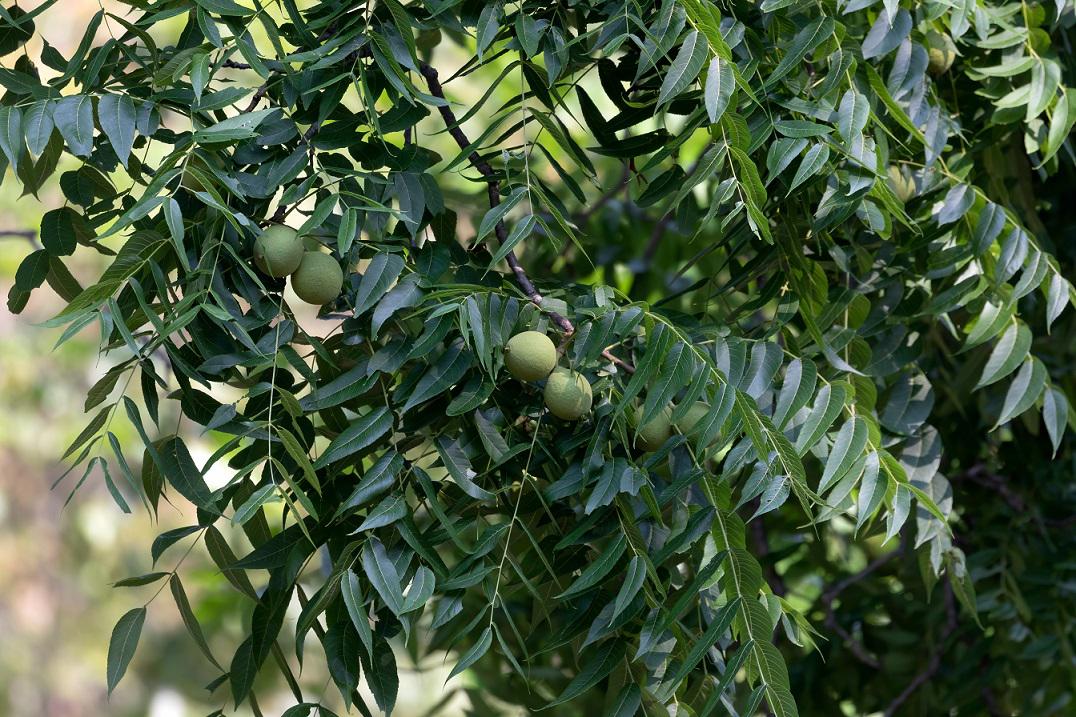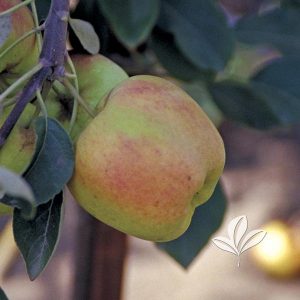Description
The black walnut tree is a majestic sight to behold, with its impressive height and broad, open crown that spreads nearly as wide as it is tall. When grown in the open, it can reach up to 75 feet tall, while in forests and plantations, it can tower up to 150 feet with a well-formed trunk and lower branches self-pruned from one-third to two-thirds the distance from the ground. This tree develops a deep taproot, making it difficult to transplant, but it is well worth the effort for those seeking to harvest its richly flavored nuts.
Speaking of the nuts, the black walnut tree produces a crop of ripened nuts in early to mid-autumn. The fruit consists of three layers: a green, fleshy husk; a hard, thick, and corrugated black inner shell; and an oily and sweet kernel. These nuts are highly prized in the woodworking world for their handsome grain, making the black walnut tree a valuable addition to any landscape.
However, it is important to note that the black walnut tree’s roots contain juglone, a toxic substance that is released when the roots of other juglone-sensitive species come in contact with walnut roots. This alleopathy can suppress the growth of certain plants, including tomatoes, potatoes, peas, peppers, cabbage, alfalfa, serviceberry, chestnut, pine, arborvitae, apples, blueberry, blackberry, cherry, azalea, rhododendron, lilac, hydrangea, privet, and members of the heath family. To avoid this, it is essential to keep a wide separation between the black walnut tree and susceptible plants.
Despite this, the black walnut tree is a valuable addition to any landscape, as it provides a habitat and food source for wildlife. Woodpeckers, foxes, and squirrels are just some of the animals that enjoy feasting on its nuts. Additionally, this native tree has a rich history and cultural significance, as it was used by Native Americans and early settlers for a variety of purposes, including food, dyes, ink, medicine, fence posts, gun stocks, and furniture.






